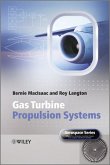
Gebundenes Buch
29. August 2011
John Wiley & Sons / Wiley
| eBook, ePUB | 106,99 € | |
| eBook, PDF | 106,99 € |
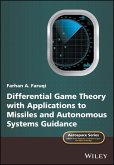
Differential Game Theory with Applications to Missiles and Autonomous Systems Guidance (eBook, ePUB)
eBook, ePUB
20. März 2017
John Wiley & Sons
| Gebundenes Buch | 170,99 € | |
| eBook, PDF | 111,99 € |
eBook, PDF
10. März 2017
John Wiley & Sons
Ähnliche Artikel
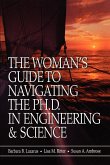
Broschiertes Buch
1. Auflage
10. Januar 2001
Wiley & Sons
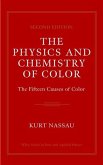
Gebundenes Buch
The Fifteen Causes of Color
2nd ed.
27. Juli 2001
Wiley & Sons
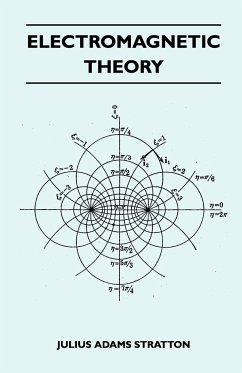
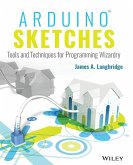
Broschiertes Buch
Tools and Techniques for Programming Wizardry
1. Auflage
12. Januar 2015
Wiley & Sons
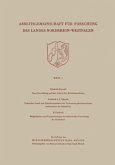
Broschiertes Buch
1951.
1. Januar 1951
VS Verlag für Sozialwissenschaften
978-3-322-98106-6
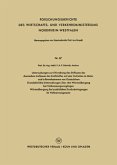
Broschiertes Buch
Grundsätzliche Untersuchungen über den Wärmeübergang bei Verbrennungsvorgängen Wärmeübergang bei zusätzlichen Druckschwingungen im Verbrennungsraum
1954.
1. Januar 1954
VS Verlag für Sozialwissenschaften
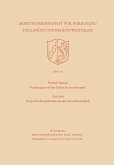
Broschiertes Buch
1956
1. Januar 1956
VS Verlag für Sozialwissenschaften
978-3-663-00537-7
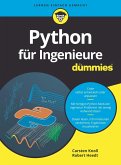
Broschiertes Buch
Mit vielen Programmbeispielen zu Numpy, Matplotlib und mehr
1. Auflage
6. Oktober 2021
Wiley-VCH / Wiley-VCH Dummies
1171767 000
Ähnlichkeitssuche: Fact®Finder von OMIKRON
